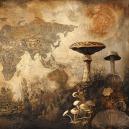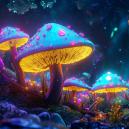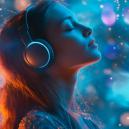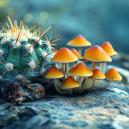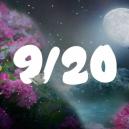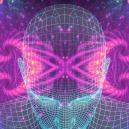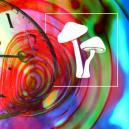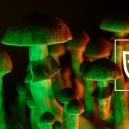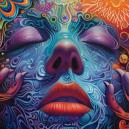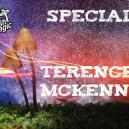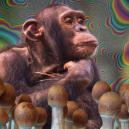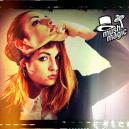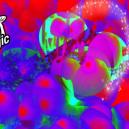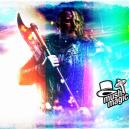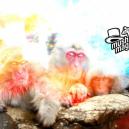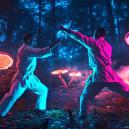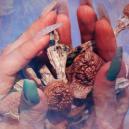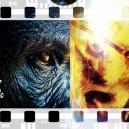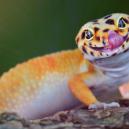What’s The Difference Between Magic Mushrooms And DMT?
Published :
October 1st, 2023
Categories :
Research

DMT and magic mushrooms both have a mystical aura surrounding them—and not without good reason. In this article, we look at these two drugs in-depth, observing what they have in common, and what's distinct about them.
Psychedelics are a class of drugs that hold a special place in the popular imagination. Loved by some and feared by others, they are subject to much propaganda and disinformation from all sides of the debate. Fortunately, the conversation is now opening up, and more legitimate information is coming to the fore.
In this article, we explore the similarities and differences between two famous psychedelic drugs: psilocin/psilocybin and DMT (N,N-dimethyltryptamine).
GETTING TO KNOW MAGIC MUSHROOMS AND DMT
Magic mushrooms and DMT are two of the most famous psychedelic drugs, and two of the most misunderstood. First things first; though both are potent psychedelics with some similarities, on the whole they are very different—in numerous ways. That being said, many who appreciate one are likely to appreciate the other, and both drugs are capable of providing similar insight into oneself and the wider world.
MAGIC MUSHROOMS
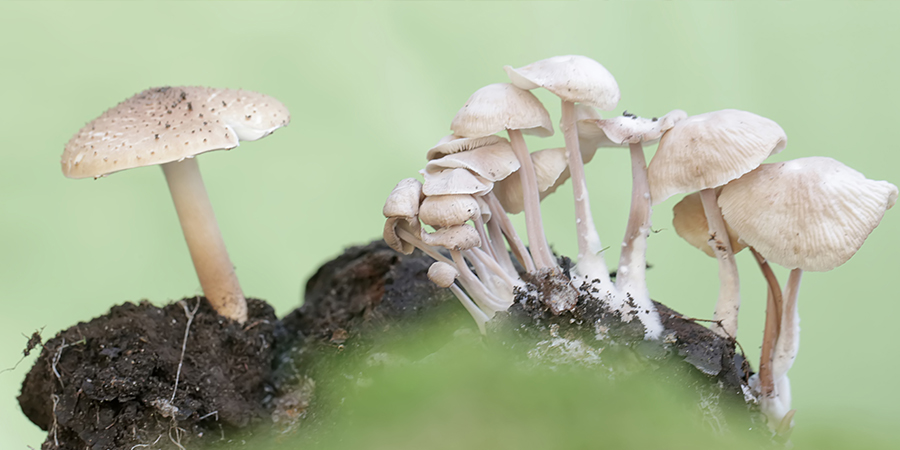
Magic mushrooms are widespread and diverse, with over 100 individual species growing across the world. What these mushrooms have in common is that they produce the alkaloids psilocin and psilocybin, which are responsible for their psychedelic effects. With this in mind, magic mushrooms all belong to the Psilocybe genus.
Two of the most well-known species are Psilocybe cubensis and Psilocybe semilanceata.
Psilocybe cubensis varieties grow across the world’s tropical regions, and find themselves comfortably at home in dung. If you cultivate magic mushrooms at home, they will almost definitely be some strain of cubensis, as they are easy to grow, offer good yields, and tend to contain fairly high amounts of psilocin/psilocybin.
Psilocybe semilanceata (aka liberty caps) grow wild in the US and Europe, and are famous for their bell-like appearance, sporting a little nipple on top. These fungi like acidic soils and plenty of water. They are more potent than most cubensis species, but are incredibly difficult to cultivate artificially and require a very well-controlled environment. As such, they can only really be foraged for in the wild.
Magic mushrooms are usually dried and eaten, but can be consumed fresh, made into tea, covered in acid and made into a “lemon tek”, or made into chocolate. The effects tend to come on within 15–60 minutes and last for around 6–8 hours. Depending on the strength and dose, the high can be anything from very mild to extremely strong, but it’s very difficult to become so high that you feel entirely detached from reality—though it is possible.
True hallucinations are unusual, though the world will seem very different, and closed-eye visuals are common. The psilocybin high tends to be introspective, philosophical, but also very sociable, and usually makes a person feel more connected to others and the wider world.
Negative side effects are usually mild. As a drug, it is considered to be one of the safest in the world, as it’s not addictive, cannot cause a lethal overdose, and does not have notable physical effects.
DMT
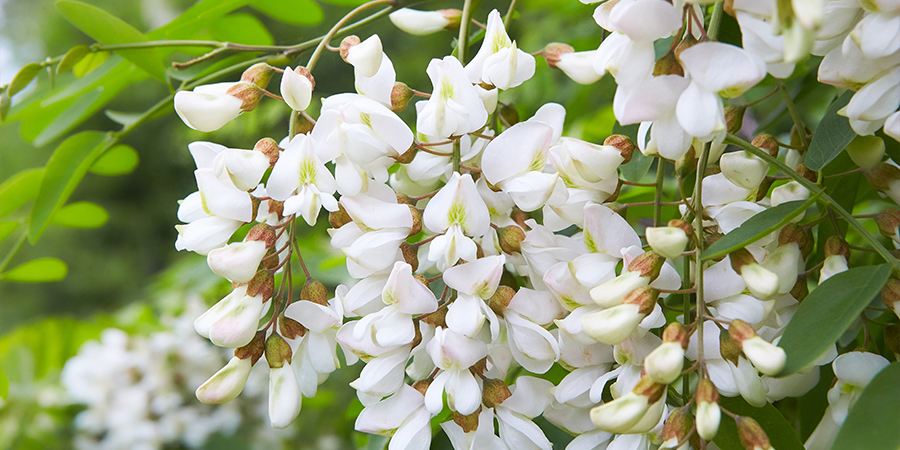
N,N-dimethyltryptamine is a drug with almost mythological connotations, due to its strength, effects, status in popular culture, and history of use in the dense jungles of Central and South America. Sometimes known as the “spirit molecule”, this mysterious compound is actually produced widely throughout nature, including within the human body.
Popular culture has it that the brain’s pineal gland produces DMT, but this is based on little more than speculation and a continuation of an ancient human belief that there is something almost mystical about the pineal gland. In fact, rodent studies show that if you remove a rat’s pineal gland, levels of DMT in the brain remain the same as in those with a pineal gland, indicating that it is actually produced elsewhere.
DMT can be detected in low amounts in the human body, and there is speculation that concentrations increase during death and near-death experiences. Though this has not been proven in humans, it has been shown that when rats experience cardiac arrest, the levels of DMT in their brains increase ten-fold.
Regardless, in order to get high from DMT, humans must source it outside of their own brains. Usually, DMT is extracted from a plant source. Some of the most common sources are:
-
Mimosa
-
Acacia
-
Petalostylis
-
Desmodium
-
Mucuna
-
Lespedeza
DMT is usually smoked/vaped—with effects coming on in seconds and wearing off within 5–10 minutes—or ingested along with a monoamine oxidase inhibitor (MAOI), which means it isn’t immediately broken down. The most well-known DMT and MAOI concoction is ayahuasca, a traditional brew made in Central and South America utilising Banisteriopsis caapi bark (containing MAOI) and a DMT-containing plant, such as chacruna leaves (Psychotria viridis).
The effects of ayahuasca last several hours, thanks to the presence of the MAOI.
DMT’s effects are otherworldly, inducing full-blown hallucinations, communion with gods, angels, aliens, spirits, or otherwise inhuman beings, out-of-body experiences, death-like experiences, and more. The DMT experience is one of the strongest and most profound drug experiences possible, and tends to be fairly solitary and renders the user essentially incapacitated for the duration of the trip.
DIFFERENCES BETWEEN MAGIC MUSHROOMS AND DMT
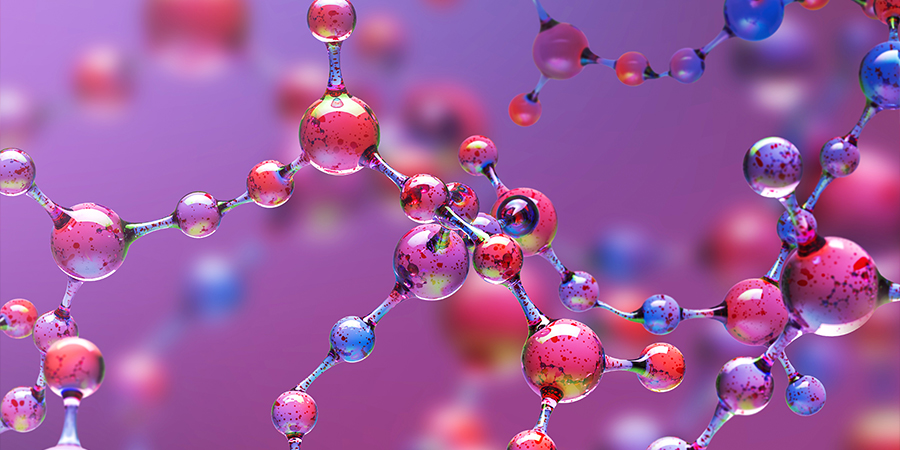
As you might be able to tell, there are many differences between Psilocybe mushrooms and DMT, but they’re not without their similarities too.
ADMINISTRATION
Both DMT and magic mushrooms usually enter through the mouth. From here, the paths diverge. Magic mushrooms will almost always make their way to the stomach, unless they have been turned into a sublingual tincture, in which case they might remain beneath the tongue. Ayahuasca will continue to the stomach, while smoked/vaped DMT will go to the lungs. DMT can also be injected, but this is rare outside of a medical/laboratory environment.
Psilocybin cannot be vaped/smoked because it breaks down at much lower temperatures than are necessary in order to consume it like this.
MECHANISM OF ACTION
DMT is an analogue of neurotransmitters such as serotonin and tryptamine. In fact, one of the explanations for its occurrence in animals is that it is a byproduct of the production of such chemicals. Due to this, DMT binds to the brain’s 5-HT receptors, as does serotonin.
In fact, psilocin also binds to 5-HT receptors—specifically 5-HT2A receptors—as do most classical hallucinogens, including LSD. As such, these compounds can be called serotonergic, because they all work via the same mechanism of action—binding to serotonin receptors.
However, there are differences in how they bind, and exactly to which receptors they bind. These differences can go some way to account for the differences in their effects. Broadly, though, DMT and magic mushrooms can be thought of as having similar mechanisms of action.
CHEMICAL STRUCTURE
Both N,N-DMT and psilocybin/psilocin are indole alkaloids that can be derived from tryptamine. This explains how they both have similar mechanisms of action when interacting with the brain.
Naturally, DMT is produced from L-tryptophan. In plants, this is produced endogenously, whereas animals have to consume it in their diets. Once in the body, L-tryptophan goes on to become serotonin, melatonin, various other neurotransmitters, and DMT.
Psilocin/psilocybin, on the other hand, is only found naturally in fungi of the Psilocybe genus. Fascinatingly, in certain species of magic mushrooms, tryptophan is decarboxylated into dimethyltryptamine, which then becomes psilocin, which then becomes psilocybin (Agurell et al., 1968). So psilocin/psilocybin can be made from DMT.
APPLICATION
Both drugs have a long history of ceremonial and recreational use. DMT, until the last century or so, was only used in Central and South America. Here, it has been included in ayahuasca ceremonies, which have spiritual and ceremonial significance up to this day.
Magic mushrooms, as they are native to many regions of the world, have long been used by various different cultures—though modern day recorded usage only really appeared in the 20th Century, at least in Europe and the US. However, the oldest evidence of the consumption of these fungi dates back around 7,000 years to the Tassili n'Ajjer caves in Algeria. South American and Asian cultures are also peppered with more or less explicit references to psychedelic fungi too. And though little is known about them, druidic cultures are likely to have used them for ceremonial purposes too.
In the modern world, both DMT and psilocybin are used fairly extensively for recreational, medicinal, spiritual, religious, and ceremonial purposes—with the lines between each of these regularly blurring.
LEGALITY
Sadly, though both are shown to be very safe, in many countries they remain highly illegal. In the UK, DMT is a Class A drug—making it akin, in legal terms, to crack and heroin. In the US, similarly, DMT is a Schedule I drug by federal law, but there are conditions under which it can legally be used for ceremonial purposes. In most of Europe, besides Spain and Portugal, DMT is also illegal. Throughout much of Central and South America, the production, preparation, sale, and consumption of DMT is legal.
Similarly, psilocybin-containing mushrooms share an equally illicit status in some countries. However, in others (especially mainland Europe), they have been decriminalised.
That being said, despite their status as highly illegal drugs, these laws are rarely enforced, to the degree that illegal ayahuasca retreats are often openly advertised and totally tolerated, even where they could potentially land the organisers a life sentence.
HOW DOES THE FEELING OF DMT DIFFER TO THAT OF MAGIC MUSHROOMS?
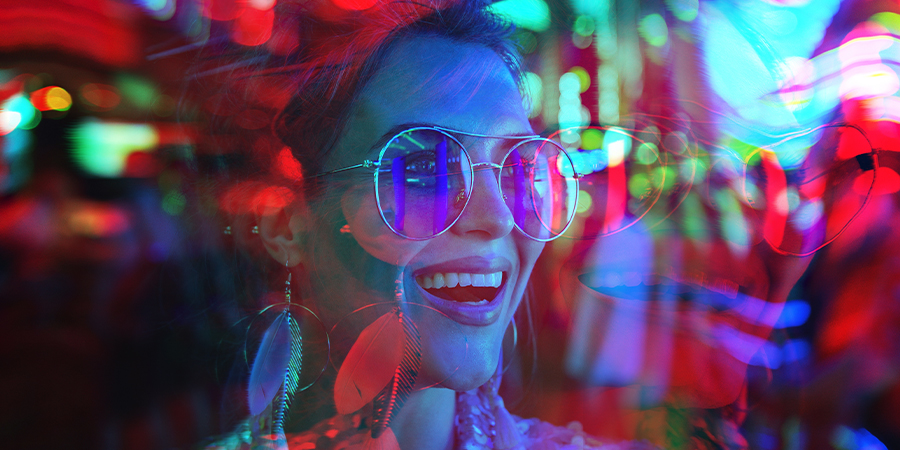
But how do the effects of each drug actually differ? As always, accurately describing the effects of psychedelics is an almost futile task. Nevertheless, it is possible to outline some of the main phenomenological differences between psilocybin and DMT.
Higher doses of mushrooms can be quite similar to lower doses of DMT. The visual and auditory quality of the world can seem similar, including saturation of both sounds and colours. Moreover, time and space can appear quite different, with perception of time slowing dramatically. Likewise, each can induce a similar feeling of oneness and acceptance.
If the doses of either drug are pushed higher than this, then the effects begin to diverge.
Extremely high doses of psilocybin can cause ego death and a strange, and not always comfortable, dissolution of reality. The high can become somewhat overwhelming, confusing, and disorienting. While most normal mushroom doses allow a person to retain mostly coherent cognitive abilities, these rapidly deteriorate at very high doses.
However, with DMT, high doses are what most people aim for. At higher doses, DMT causes you to totally depart from the normal, known reality that you inhabit during the rest of your life. Rather than the world becoming a confusing mess, you enter a whole new realm—but one that is often totally coherent in terms of itself.
Curiously, unlike with very strong mushroom trips, the brain feels very sober during the DMT state, even though you might be in a different universe. While what you experience changes more dramatically than with any other drug, cognition remains unusually coherent. This apparent paradox means that the DMT experience can be at once otherworldly and extreme yet also fairly “clear”. As such, DMT can perhaps be considered the most profound psychedelic (or otherwise) drug experience.
A quality that both drugs share, when taken under suitable conditions and in a suitable state, is that they seem to “hold your hand”. So long as you don’t fight them, both the psilocybin and DMT experience are very much capable of “compassionately” taking you to a variety of places. If you accept the experience as it comes, both have a quality of being friendly. If you resist either experience, they can quickly become frightening and overwhelming.
Though each drug is distinct, and DMT offers an experience that no other drug can match, there are similarities between the two in terms of the general feeling and quality of the high, even though the content can be wildly different.
WHICH IS BETTER? MAGIC MUSHROOMS OR DMT?
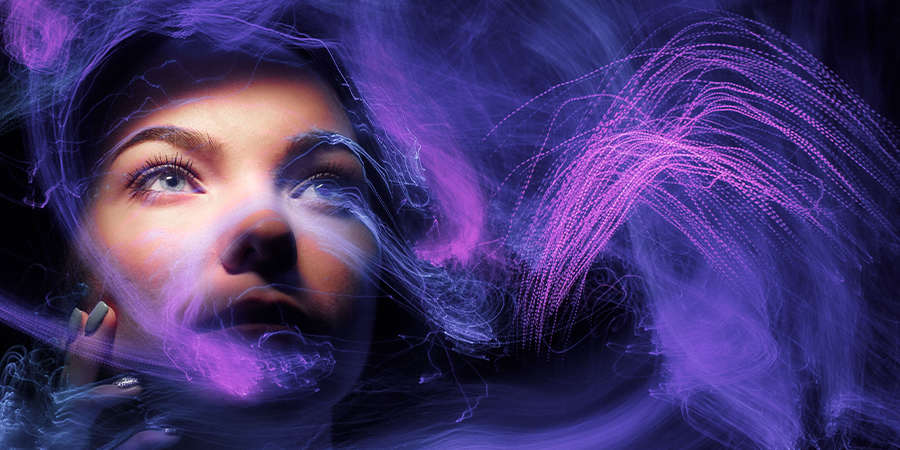
Neither drug is better than the other. Shrooms lend themselves much more to being used in a variety of different settings, as they are not as potent, and a person can still interact with the world while under their influence. Nevertheless, the therapeutic and medical potential of psilocybin appears to be massive.
DMT, on the other hand, is much more of an undertaking. Although it can certainly be used recreationally, it can’t be used as flippantly as magic mushrooms. For instance, taking a high dose of DMT at a party or a festival is probably going to be an uncomfortable experience, whereas some people very much enjoy taking mushrooms in these settings.
Both offer profound insight into the self and the world, and do so in a similar way. But DMT also has the “breakthrough” level that transports users to new realities. This makes it a much more potent psychedelic, but also limits the times at which it can be suitably used.





